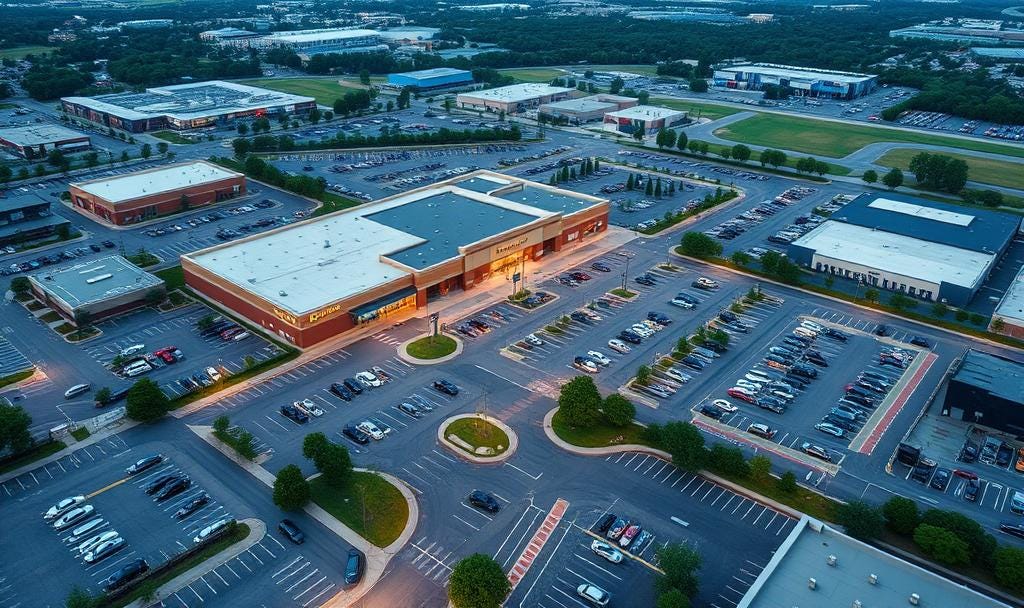Editorial: Owen Sound’s Record Construction Value Can’t Buy Affordable Housing
The City of Owen Sound is celebrating $214.5M in construction this year. But without affordable housing requirements and intentional community planning, residents are destined to be left behind.
EDITORIAL OPINION
Owen Sound City Hall is popping champagne over $214.5 million in construction this year — more than triple the city’s 2020 high. They’re calling it “unprecedented.”
But let’s be clear: while record-breaking construction may look good on a balance sheet, it doesn’t put roofs over residents’ heads.
Out-of-town developers — some of the same …
Keep reading with a 7-day free trial
Subscribe to The Owen Sound Current to keep reading this post and get 7 days of free access to the full post archives.



